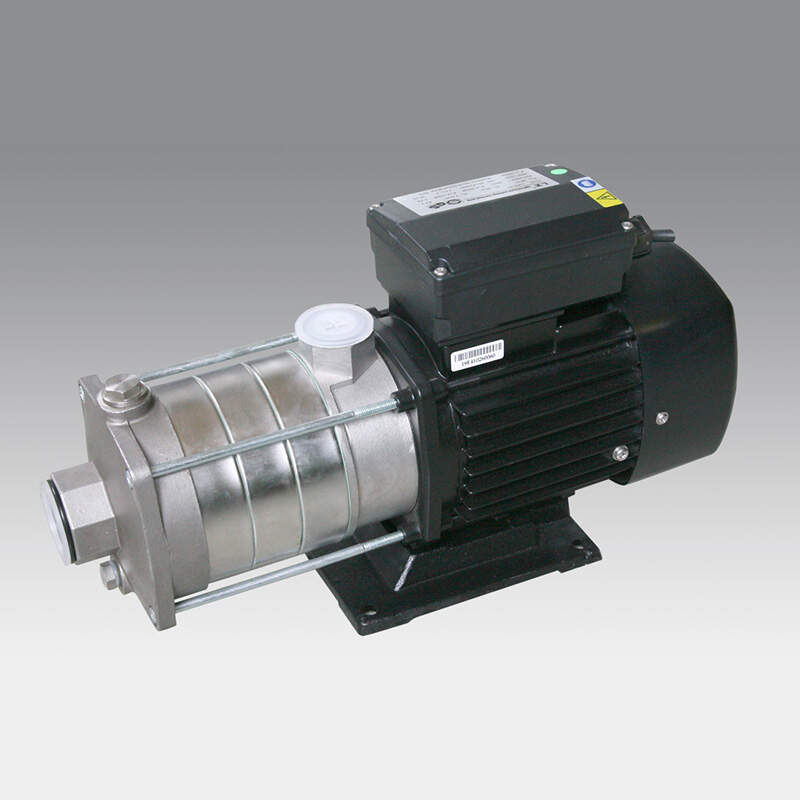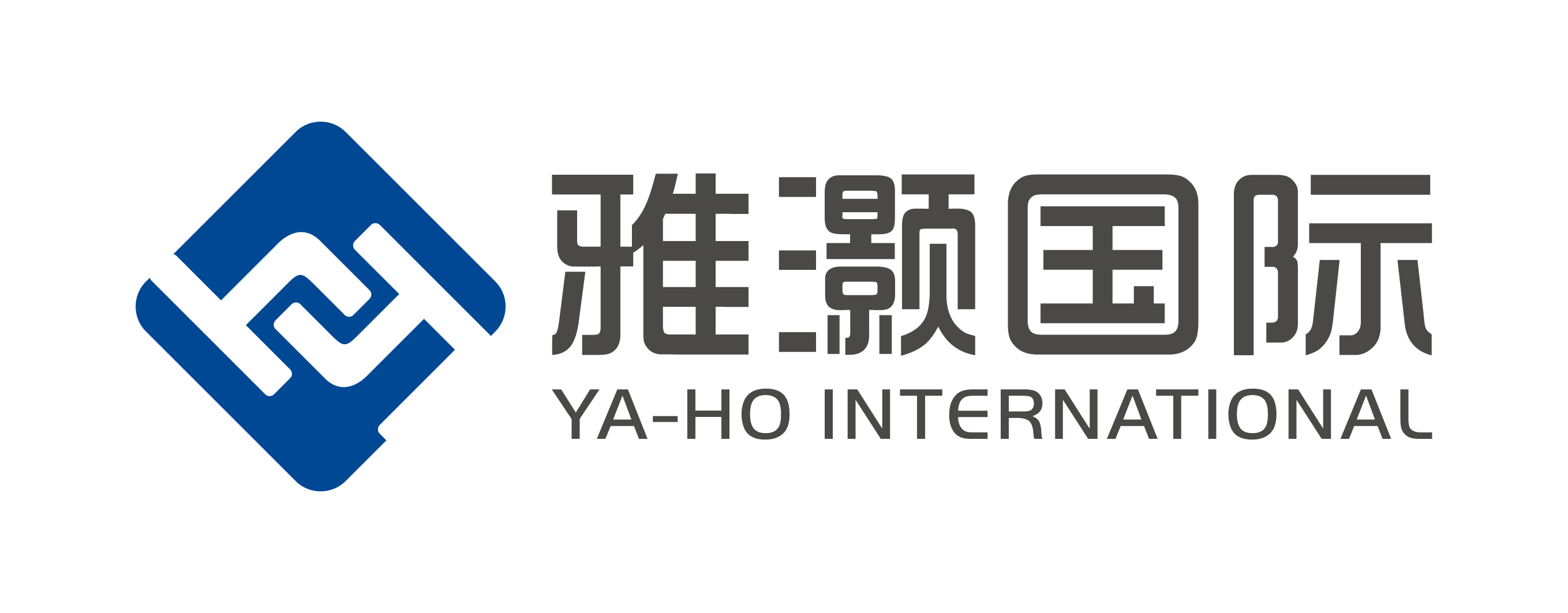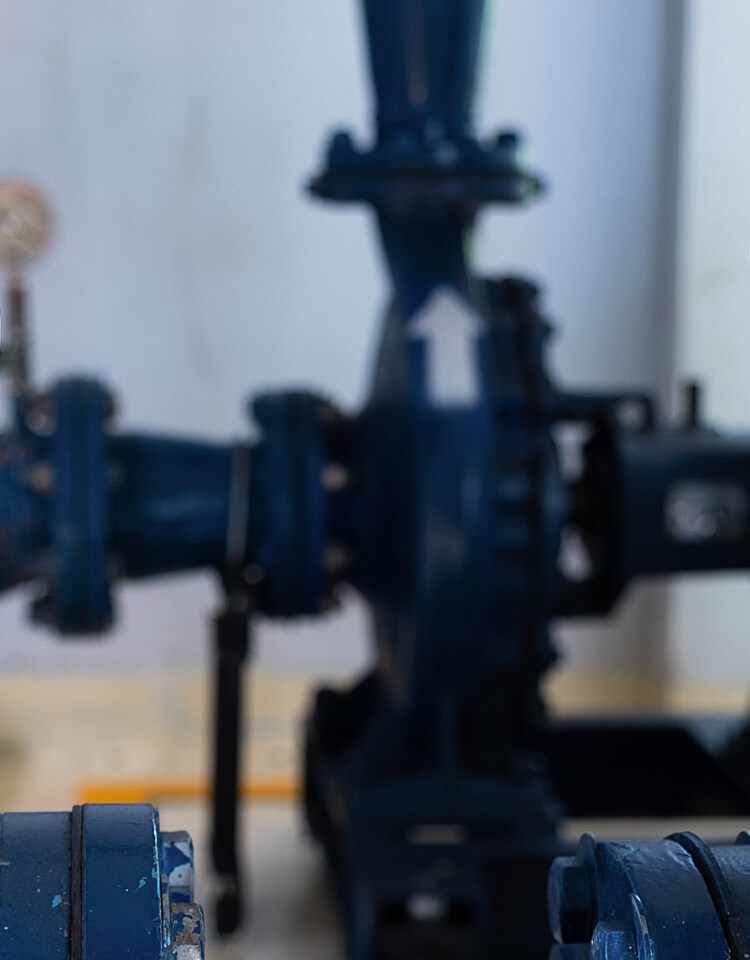Email format error
Email cannot be empty
Email already exists
6-20 characters(letters plus numbers only)
The password is inconsistent
Please enter the email address you’d like your password reset information sent to.
Email format error
Email cannot be empty
Email does not exist
Reset account password
For the account
6-20 characters(letters plus numbers only)
The password is inconsistent
Reset success
Your password was reset. You can log in using your new password.
Login

News

odm original hydraulic pump manufacturer
2022-10-12 16:34:47
A hydraulic pump is a hydraulic component that provides pressurized liquid for hydraulic transmission and is a type of pump. Although the structures of different types of hydraulic pumps are quite different, there are many commonalities in installation, use, and maintenance, and failures may occur if they are not operated properly.

Hydraulic pump connection precautions
- The hydraulic pump can be installed with a support or a flange. The pump and the prime mover should use common base support, and both the flange and the base should have sufficient rigidity. Special attention: Piston pumps with a flow rate greater than (or equal to) 160L/min should not be installed on the fuel tank.
- An elastic coupling should be used to connect the hydraulic pump and the output shaft of the prime mover. It is strictly forbidden to install a pulley or gear on the hydraulic pump shaft to drive the hydraulic pump. If a pulley or gear must be used to connect the pump, a pair of The pulley or gear is installed with support, and the coaxiality error between the support and the pump shaft should not be greater than Φ0.05mm.
- The oil suction pipe should be as short, straight, large, and thick as possible. Generally, the oil suction pipe should be equipped with a coarse filter whose nominal flow is not less than twice the pump flow (the filtration accuracy is generally 80-180 μm). The oil drain pipe of the hydraulic pump should be directly connected to the oil tank, and the back pressure of the oil return should not be greater than 0.05MPa. The oil suction pipe port and the oil return pipe port of the oil pump should be below the minimum oil level of 200mm in the oil tank. Pay special attention to the fact that oil filters are not allowed to be installed on the oil suction pipe of the plunger pump, and the diameter of the stop valve on the oil suction pipe should be one block larger than that of the oil suction pipe.
- The inlet and outlet ports of the hydraulic pump should be firmly installed, and the sealing device should be reliable, otherwise it will cause air inhalation or oil leakage, which will affect the performance of the hydraulic pump.
- The self-priming height of the hydraulic pump should not exceed 500mm (or the inlet vacuum should not exceed 0.03MPa). If the oil supply pump is used for oil supply, the oil supply pressure should not exceed 0.5MPa. When the oil supply pressure exceeds 0.5MPa, the pressure resistance should be changed. sealing ring. For plunger pumps, the method of backfilling and self-priming should be used as much as possible.
- Before installing the hydraulic pump, check whether the depth of the installation hole is greater than the shaft extension of the pump to prevent the phenomenon of the top shaft, otherwise the pump will be burned.
We are an odm original hydraulic pump manufacturer, our products satisfy our customers. And we want to be your long-term partner, any interests, welcome to contact us.
Contact us

